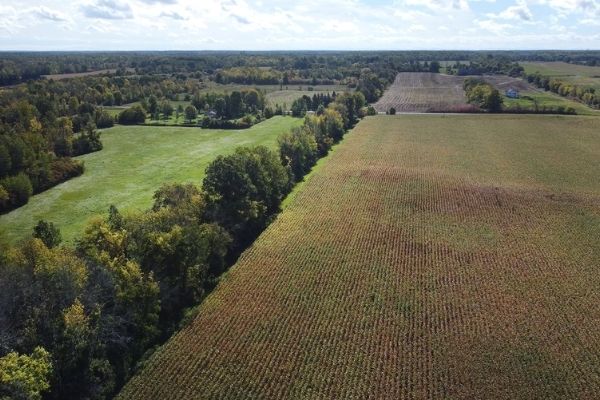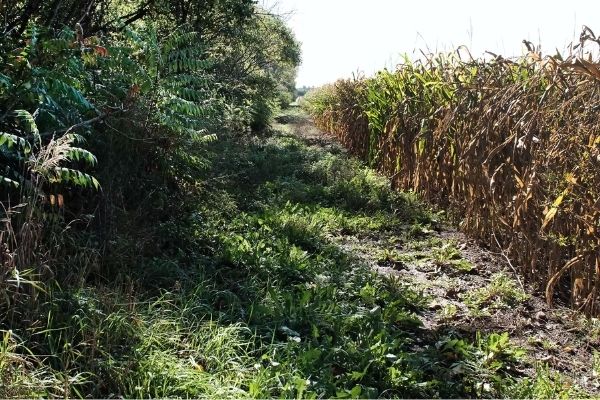Windbreaks are lines of trees or shrubs, usually planted along the north and west edges of fields, which serve to reduce the force of the wind. Designing a windbreak involves selecting, spacing, and maintaining the right species to achieve the density, width, and height appropriate to each site. A good design will maximize the efficiency, health, and longevity of a windbreak.
Benefits:
• Controls wind erosion
• Prevents nutrient loss
• Enhances crop quality and yield
• Protects livestock and wildlife from harsh weather
• Protects buildings from wind damage
• Reduces dust, noise, and odour
• Conserves soil and water
• Improves moisture distribution
• Provides opportunities for alternative crops (nuts, fruit, Christmas trees, etc.)
• Helps manage snow dispersal
• Provides timber
• Promotes biodiversity
• Creates carbon sinks (carbon dioxide stored in trees)
• Can provide a source of food, cover, and shelter for livestock and wildlife
• Provides connecting corridors for wildlife


